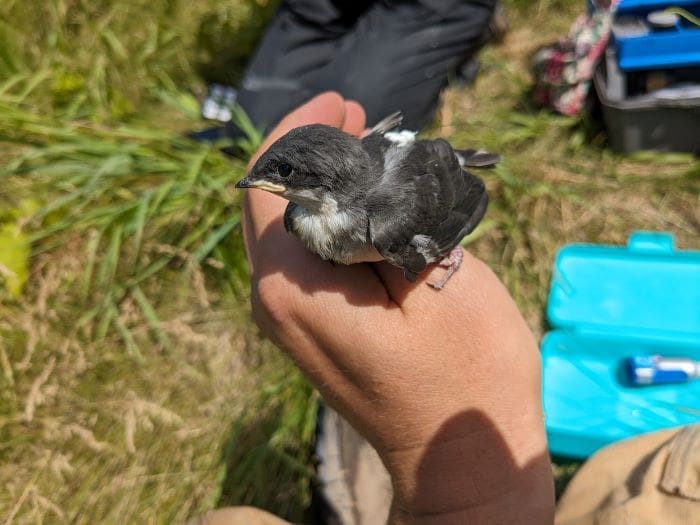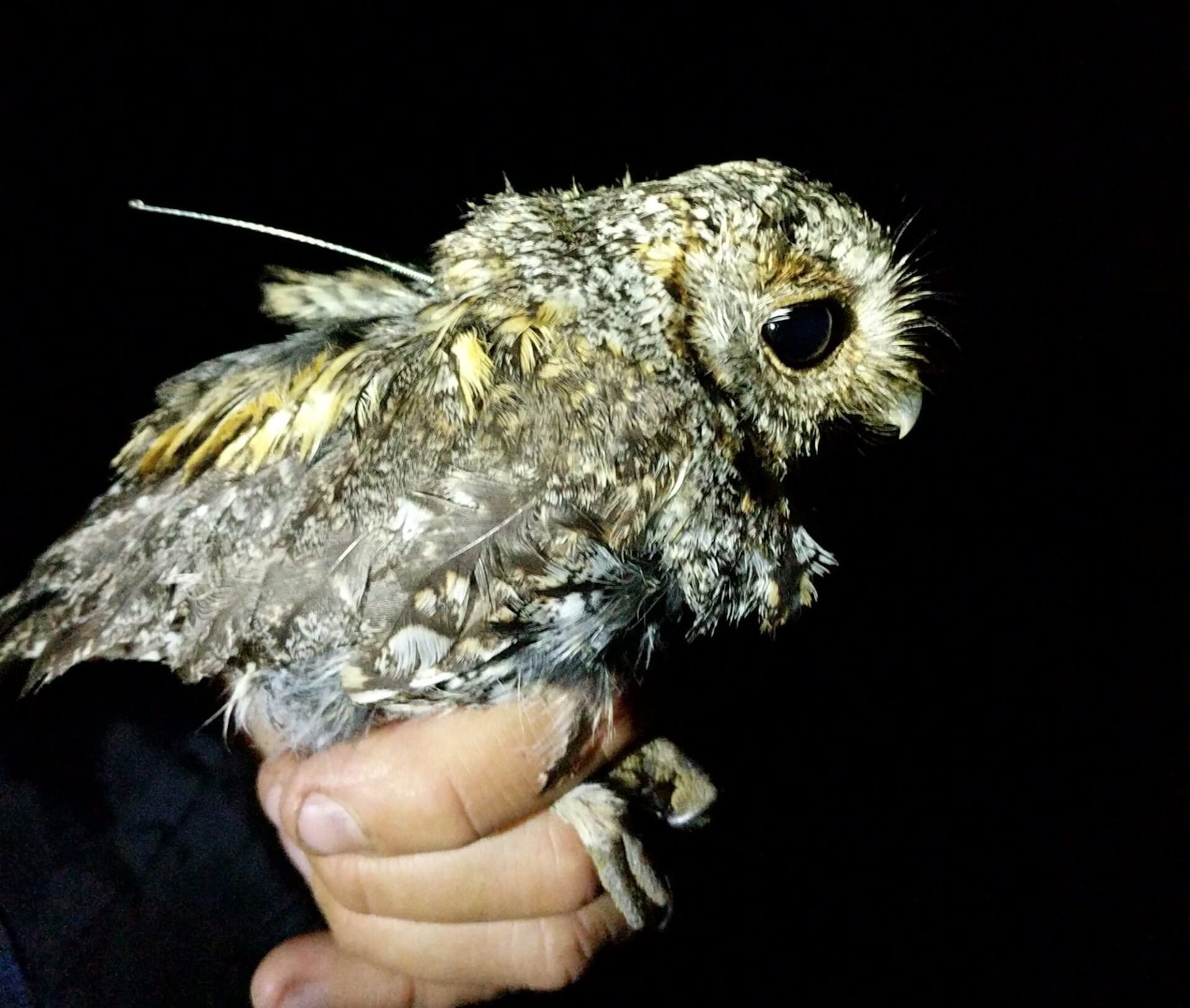In a world where animal populations face increasing threats, modern tracking technology is ushering in a new era of ecological data collection, providing scientists with an unprecedented ability to monitor and protect biodiversity.
According to Scott Yanco, an animal ecologist and research fellow at the University of Michigan’s School for Environment and Sustainability, these technologies are helping researchers to obtain detailed, actionable data that can guide conservation efforts and address biodiversity loss with precision.
Yanco, alongside evolutionary ecologist Brian Weeks and a global team of researchers, recently published a study revealing how these advanced tracking tools are reshaping the field of biodiversity monitoring.
The research, published in Trends in Ecology & Evolution, explores how tracking devices affixed to individual animals provide granular data on their movements and behaviors over time, revealing insights into the specific impacts of environmental threats such as habitat loss, climate change, and pollution. This level of detail, says Yanco, is essential in developing conservation strategies that effectively combat species decline.

Biodiversity underpins human prosperity, providing resources such as clean water, breathable air, and a stable food supply. “Our biosphere is the foundation upon which human society is built,” Yanco emphasizes. While iconic biodiversity hotspots like the Amazon rainforest are well-known, Yanco stresses that preserving local biodiversity is equally critical, as it plays a vital role in ecosystem health and resilience.
The evolution of animal tracking technology
Animal tracking has evolved significantly over the years, beginning with simple devices such as leg bands for birds and ear tags for mammals, which required physical recovery to collect location data.
The labor-intensive nature of these methods limited the amount of information researchers could gather. However, recent advancements have led to the development of GPS-enabled devices that provide precise, continuous data on an animal’s location and even physiological conditions, similar to how a smartphone GPS functions.
“These new devices have created an avalanche of data,” says Yanco, “revealing new details about the incredible movements animals are making and showing us the complex ways they interact with their environments.”
This technological leap allows researchers to analyze behavioral patterns, track species on a global scale, and understand how environmental factors influence key survival metrics like reproduction and mortality.
As a result, scientists now have a much clearer picture of how factors such as habitat fragmentation impact animal populations, leading to more targeted interventions.
Targeted conservation strategies through data
Animal tracking enables a detailed understanding of the factors leading to biodiversity loss, helping to pinpoint specific causes beyond general threats like climate change. Yanco explains that tracking data reveals where and how threats affect animal populations. Instead of merely identifying climate change as a generalized problem, for instance, tracking data allows scientists to identify exact locations and conditions that negatively affect animals’ ability to survive.
“Animal tracking gives us such a detailed view into animals’ lives,” Yanco says, creating opportunities to craft precise, targeted interventions. By identifying the exact drivers of population declines, such as a specific region where habitat fragmentation is causing migration challenges, conservationists can address these threats while minimizing impact on human activity, resulting in “win-win” outcomes for both wildlife and people.
The next generation of tracking devices is poised to deliver even greater capabilities.
One promising development is ICARUS, a system using space-based satellites to transmit data from smaller, lighter tracking tags. This is crucial for smaller animals, like birds, which cannot carry heavier devices. These innovations are expanding data collection beyond location to include physiological data such as heart rate, body temperature, and environmental conditions like temperature and humidity.
In one recent study, Yanco’s collaborator implanted heart rate monitors and body temperature sensors in small birds, allowing them to monitor energy expenditure, migration preparation, and adaptation to diverse climates.
The expansion in tracking technology is not just enabling researchers to monitor biodiversity but is also providing insights that could prove vital in reversing current trends in species decline. With such powerful tools, researchers are now able to gather comprehensive data that could enable proactive conservation actions and policy decisions critical to preserving biodiversity.
Journal Reference:
Scott W. Yanco, Christian Rutz, Briana Abrahms, Nathan W. Cooper, Peter P. Marra, Thomas Mueller, Brian C. Weeks, Martin Wikelski, Ruth Y. Oliver, ‘Tracking individual animals can reveal the mechanisms of species loss’, Trends in Ecology & Evolution (2024). DOI: 10.1016/j.tree.2024.09.008
Article Source:
Press Release/Material by University of Michigan
Featured image: A flammulated owl, Psiloscops flammeolus, is outfitted with an archival GPS unit. Credit: Scott Yanco | CC BY (cropped image)




